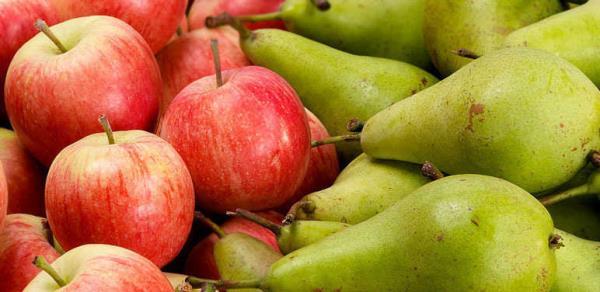The strategy of prioritising for the Australian apple and pear export growth
Apple and Pear Australia Ltd (APAL), national representative for apple and pear industry, has developed a Technical Market Access Strategy to prioritise the new market access and market improvement priorities of the Australian industry.
APAL has developed this strategy as a roadmap for both apples and pears that combines an overview of the current technical access status with industry preferences for future market access and market improvement from a technical point of view, in line with available supporting data on efficacy for the treatment of pests and disease.
The Technical Market Access Strategy is a living document, it will be continually updated by APAL as new scientific evidence emerges and negotiations with trading partners' progress. Even though this body of work will take many years to transpire, thus APAL is actively working to bring the industry closer to opening up new potential markets for Australian exporters.
The Technical Market Access Strategy should be read in conjunction with the Apple & Pear Export Market Development Strategy (McKinna, 2017), which is an economic analysis of market opportunities from a commercial point of view.
About apple trade
According to APAL's release, in 2020, Australia's apple export growth priorities are to improve the markets for Thailand, China, Japan and Canada, as well as market access for Vietnam and Taiwan.
In 2019, Australian apples were exported at 4,251 tons worth A$9.8 million (International Trade Center (ITC) calculation based on Australian Bureau of Statistics). Over the past ten years, Papua New Guinea has consistently been the largest market for Australian apples, accounting for nearly 20 percent of all exports. China and Hong Kong were also standout markets with excellent growth. Exports of Australian apples to Europe have shown tremendous growth over the past few years. Combined, accounts for almost 23% of apple export trade with Belgium, France, Italy and the Netherlands.
About pear trade
According to the same release, in 2020, priorities for Australia pear export growth are to improve the markets for Thailand and New Zealand, as well as market access for Vietnam, Taiwan and China.
In 2019, Australian pears were exported at 9,860 tons worth A$18.3 million (ITC calculations based on Australia Bureau of Statistics). Over the past ten years, the most significant markets for Australian produce are New Zealand, Singapore and Indonesia, which together accounted for almost 62% of total pear exports in 2019. The Pacific Islands, including Papua New Guinea, Fiji, New Caledonia and French Polynesia, continue to import small but steady volumes of Australian pears, which have slowly increased over the years.
Exports of Australian apples and pears continue to grow, and investments in technical market access and market improvements will bring positive returns to the Australian industry.
APAL is the national representative for apple and pear industry of Australia, and the owner of the Pink Lady® brand in over 100 countries.
Fin more about APAL's services on its website.





